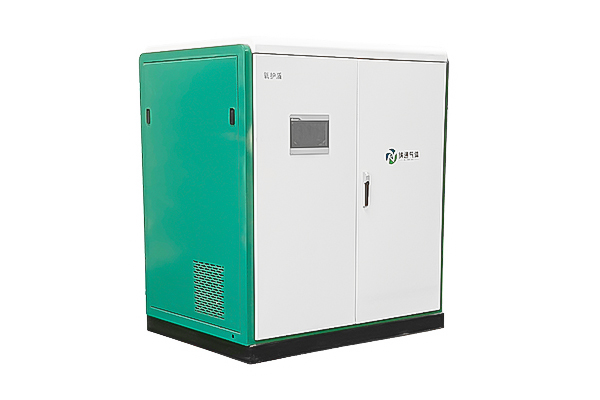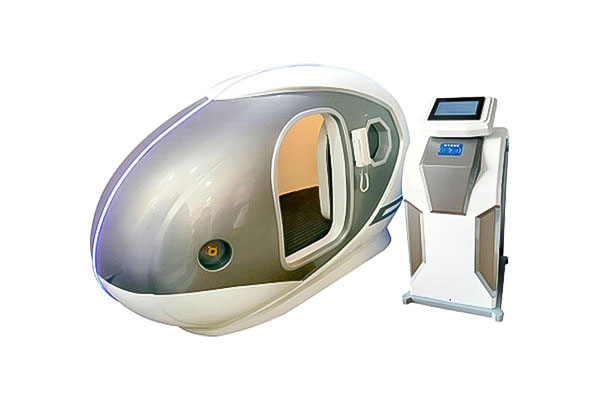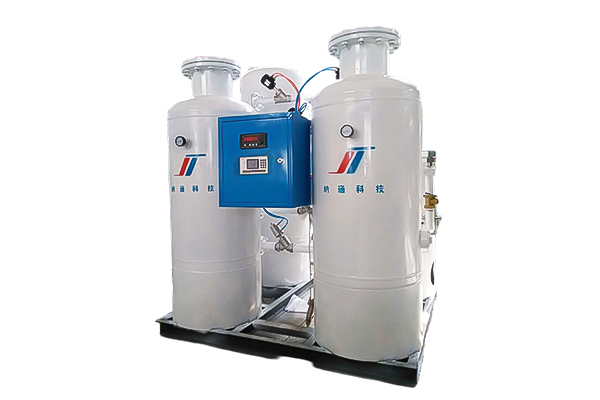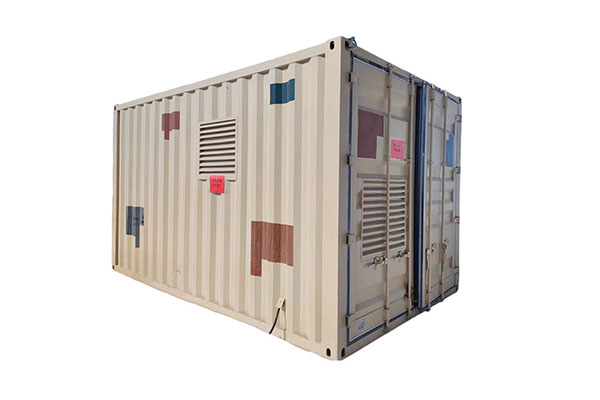Research progress and challenges of noise control technology for medical oxygen generators
Release Time : 2025-01-29
As an important part of modern medical equipment, the stability and safety of the performance of medical oxygen generators are directly related to the treatment effect and comfort of patients. However, the noise problem has always been a difficult problem that cannot be ignored in the application of medical oxygen generators. With the continuous advancement of medical technology, the research on noise control technology is also deepening, but it still faces many challenges.
The main sources of noise in medical oxygen generators include the operation of components such as compressors, fans, and solenoid valves. These components will generate vibration and airflow noise when running at high speed, which will affect the patient's rest and mood, and even interfere with the normal progress of medical work. Therefore, the research on noise control technology is crucial to improving the user experience of medical oxygen generators.
At present, noise control technology for medical oxygen generators has made certain progress. On the one hand, by optimizing the internal structure design of the equipment, such as using shock-absorbing materials and sound insulation boards, the propagation of vibration and noise can be effectively reduced. On the other hand, for key components such as compressors and fans, the use of low-noise design and technical improvements, such as using variable frequency speed regulation and optimizing airflow channels, can also significantly reduce the noise level.
However, the research on noise control technology still faces many challenges. First, the medical oxygen generator needs to achieve effective noise control while ensuring performance, which puts higher requirements on the design and manufacture of the equipment. Secondly, the noise sources and characteristics of different models of medical oxygen generators are different, requiring targeted noise control solutions. In addition, the research on noise control technology also needs to consider cost-effectiveness and the feasibility of practical application.
In order to meet these challenges, future research can start from the following aspects. First, strengthen the research on the noise generation mechanism of medical oxygen generators, deeply understand the source and propagation path of noise, and provide a theoretical basis for noise control. Second, develop more efficient and low-cost noise control technologies, such as new sound insulation materials, intelligent noise reduction algorithms, etc. Third, promote the standardization and normalization of medical oxygen generator noise control technology, establish a unified noise testing and evaluation method, and provide a reference for product design and improvement.
In summary, the research progress and challenges of medical oxygen generator noise control technology coexist. Through continuous exploration and innovation, we are confident that we will achieve more efficient and low-noise medical oxygen generators in the future, providing a more comfortable environment for patients' treatment and rehabilitation. At the same time, this also requires the joint efforts of scientific researchers, engineers and medical workers to jointly promote the progress and development of medical equipment.
The main sources of noise in medical oxygen generators include the operation of components such as compressors, fans, and solenoid valves. These components will generate vibration and airflow noise when running at high speed, which will affect the patient's rest and mood, and even interfere with the normal progress of medical work. Therefore, the research on noise control technology is crucial to improving the user experience of medical oxygen generators.
At present, noise control technology for medical oxygen generators has made certain progress. On the one hand, by optimizing the internal structure design of the equipment, such as using shock-absorbing materials and sound insulation boards, the propagation of vibration and noise can be effectively reduced. On the other hand, for key components such as compressors and fans, the use of low-noise design and technical improvements, such as using variable frequency speed regulation and optimizing airflow channels, can also significantly reduce the noise level.
However, the research on noise control technology still faces many challenges. First, the medical oxygen generator needs to achieve effective noise control while ensuring performance, which puts higher requirements on the design and manufacture of the equipment. Secondly, the noise sources and characteristics of different models of medical oxygen generators are different, requiring targeted noise control solutions. In addition, the research on noise control technology also needs to consider cost-effectiveness and the feasibility of practical application.
In order to meet these challenges, future research can start from the following aspects. First, strengthen the research on the noise generation mechanism of medical oxygen generators, deeply understand the source and propagation path of noise, and provide a theoretical basis for noise control. Second, develop more efficient and low-cost noise control technologies, such as new sound insulation materials, intelligent noise reduction algorithms, etc. Third, promote the standardization and normalization of medical oxygen generator noise control technology, establish a unified noise testing and evaluation method, and provide a reference for product design and improvement.
In summary, the research progress and challenges of medical oxygen generator noise control technology coexist. Through continuous exploration and innovation, we are confident that we will achieve more efficient and low-noise medical oxygen generators in the future, providing a more comfortable environment for patients' treatment and rehabilitation. At the same time, this also requires the joint efforts of scientific researchers, engineers and medical workers to jointly promote the progress and development of medical equipment.







